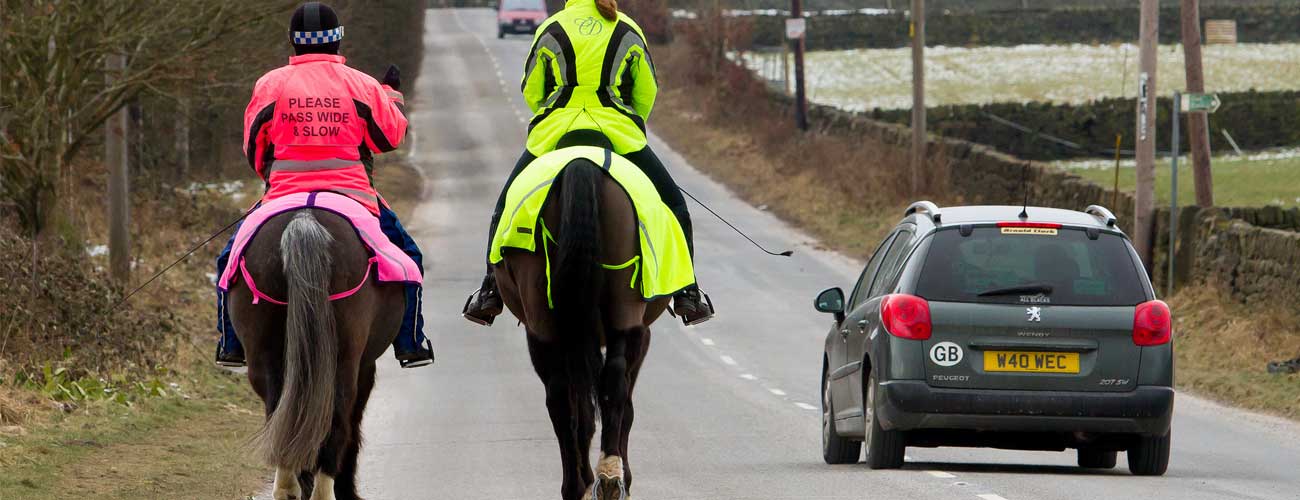On the 1st of January the first round of changes to the Highway Code came into effect for all UK motorists to improve road safety for all road users. Most of the new rules will be introduced on the 19th of January, provided they get parliamentary approval. These include changes to the road hierarchy and the ways that drivers use their mobile devices.
Road Hierarchy Changes
The biggest changes that came into play are who has priority on the road with the introduction of new rules including H1, H2 and H3,
The rules state that vehicles who are capable of doing the greatest harm have a higher level of responsibility to reduce the danger to all road users. This means that drivers will now have more responsibility for the safety of other road users such as pedestrians, horse riders and cyclists, as they can inflict more harm to them.

Similarly, cyclists and horse riders now have a responsibility to look after pedestrians.
One of the places where it will have the biggest impact is when you’re at a junction. All other road users turning into a junction will now need to give way to a pedestrian crossing or waiting to cross the road they’re turning into.
The rules also state that drivers and motorcyclists should not cut across cyclists, horse riders and horse drawn vehicles if they are in front of you “when you are turning into or out of a junction or changing direction or lane”. You should also not turn at a junction if doing so would cause a cyclist or horse rider to stop or swerve and instead you need to wait for a safe gap.
Only pedestrians are able to use the pavement, and they can use any part of cycle tracks and road unless otherwise stated, this includes wheelchair users and mobility scooter users.
Pedestrian crossings
Previously road users only needed to give way to pedestrians and cyclists who were already on a zebra crossing however the new rules mean that you will legally need to give way if they are waiting to cross a parallel crossing on the road, including at zebra crossings. This applies to horse riders and motorcyclists, and cyclists on the road as well.
Cyclists in the New Highway Code Rules
Just with pedestrians, motor vehicle drivers will now need to give more consideration to cyclists.
One amendment state that there must be a minimum distance of at least 1.5 metres when overtaking. This will mean that you will need to go into the next lane in order to overtake them and will help the cyclist remain upright and safe from any side wind caused by your vehicle.
Drivers are also being advised to use the hand on the opposite side of their body to the door they are opening when leaving the vehicle so that they are turning their body and look over their shoulder making them more likely to spot any passing cyclists they might hit with the door.
Cyclists are also advised to give more thought when passing pedestrians or horse riders, making sure they give them plenty of space and sound a bell to alert them to their presence before overtaking.

One of the most important changes relating to cyclists though is about their road positioning. Cyclists are now advised to travel in the middle of the lane, rather than to the left-hand side so that they are more visible to other road users on quieter roads and in heavy traffic.
When on a fast-moving and busy road they are advised to ensure they allow enough space for drivers to pass by them.
Mobile Phone Use in the Car
We’ve written about this previously, but the legal loophole which allowed some use of mobile phones and devices has now been closed.
Before the 1st of January 2022, any mobile phone use that didn’t involve communication was not against the laws relating to mobile devices so they would legally be able to take photos, play games or select their next song. All use has now been banned and rule breakers will face a fine of £200 and six points on their licence.
This will include using mobile devices for these activities when stopped at traffic lights or caught in a traffic jam though there will be an exemption in place for stationary vehicles using their mobile device to make a contactless payment. This means you can still pay via your phone at restaurants and drive-thrus.
You can still use hands-free devices if they are secured in a cradle or mount and provided you are in proper control of the vehicle.
For our top five tips on keeping off your phone whilst driving take a look here.
Other Changes
Other changes include giving local authorities more power to issue fines for moving traffic offences such as stopping in yellow junction boxes and performing bad manoeuvres. These fines will be up to £70 the same as the penalties they can already issue for parking and driving in bus lanes.
There will also be changes to Rule 91 of the Highway Code which means that drivers could also be fined for not getting “sufficient sleep.
If you want to find out more about the changes then you can see a full table of changes from the government here.
Enjoyed this article? Read more of our latest blogs below:
- UK Laws on Mobile Device Use While Driving Get Harsher
- Factory Lead Times – Why Microchips Are Still Delaying New Cars
- Dangerous Driving in UK Soaps
- Revealed: A Decade of UK Car Crimes
Want to know more about car leasing?
For all our latest news and blogs click HERE.
Looking for the next best car leasing deal? Check out our Top Leasing Deals.
Need to know more about leasing? Check out our Guide Pages.









Leave a Comment